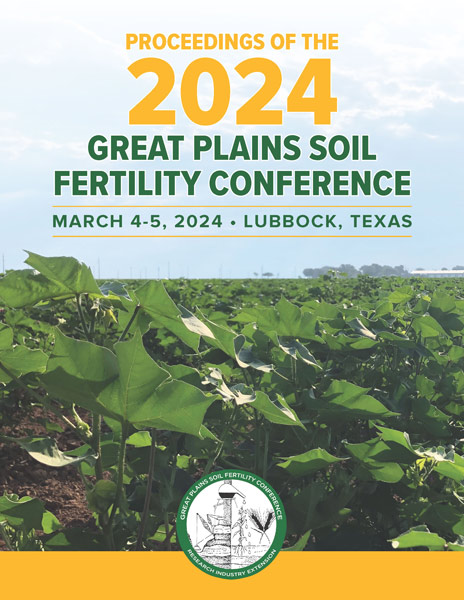Conference Proceedings Available!
Proceedings
Authors
| Filter results2 paper(s) found. |
|---|
1. Nitrogen Response of 2-Row Barley in North DakotaIn about 2019, the major malting barley buyers moved from 6-row barley cultivars to 2-row barley cultivars. The N response of 6-row barley was well-established, however, little local data regarding 2-row cultivar N response was available. A 2-year study was conducted in North Dakota on two sites, using two cultivars at each site. Rates of N from 0 to 160 pounds N per acre were imposed on each cultivar. One site was in a long-term (30+ years) no-till system, while the other site was in a transitional... A. Wick, D. Franzen, B. Goettl |
2. Recent 2-Row Malting Barley Nitrogen Rate Revision for North DakotaAs the demand of two-row malting barley (Hordeum vulgare L.) increases, having sound nitrogen (N) recommendations is increasingly necessary. Not only does N play a role in grain yield, but it may also significantly impact grain malting characteristics including protein, plump, and test weight. To determine the impacts N rate and N availability have on two-row malting barley, two experimental sites were established in both Spring 2020 and 2021. The experiments were organized as a randomized... D. Franzen, B. Goettl |
